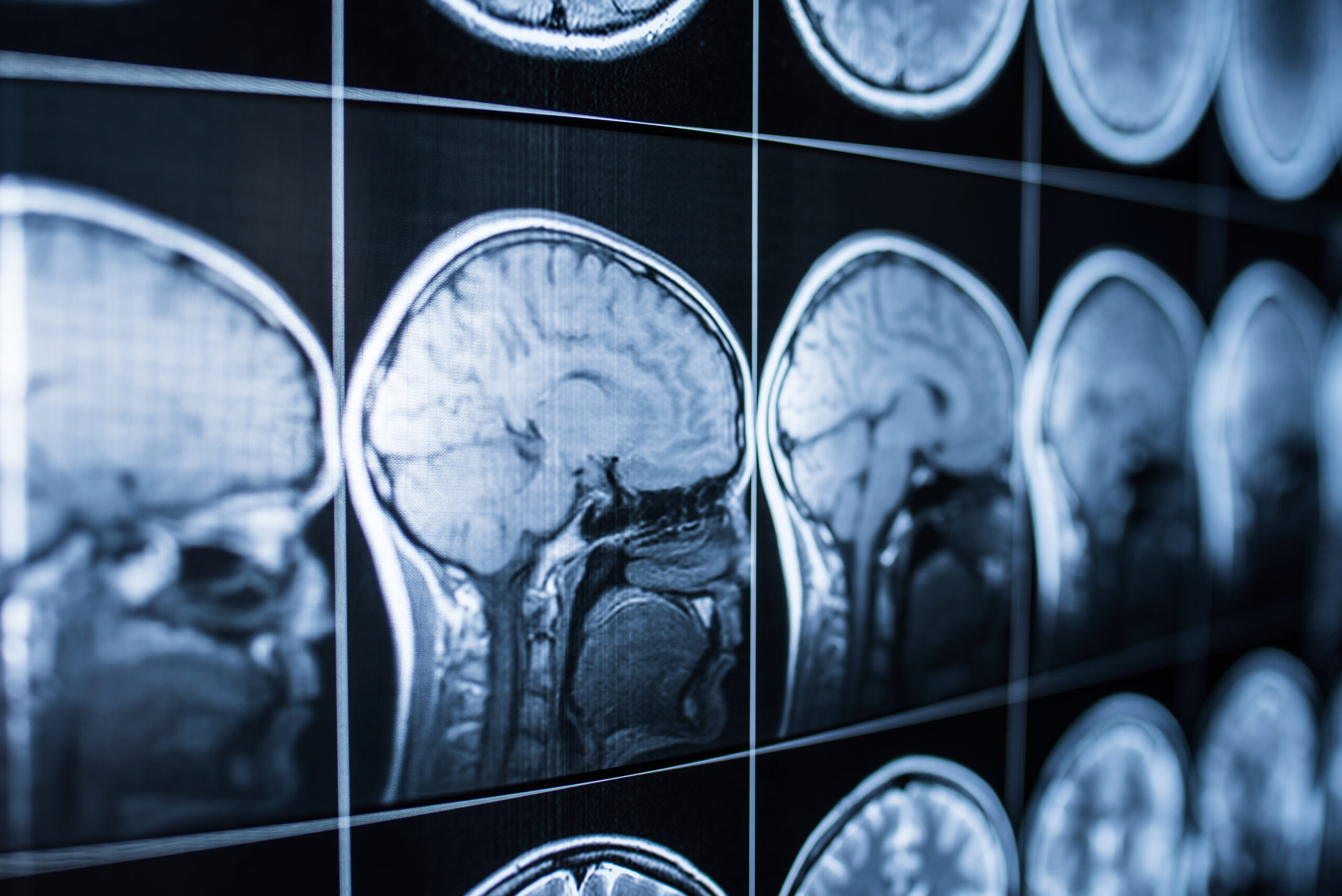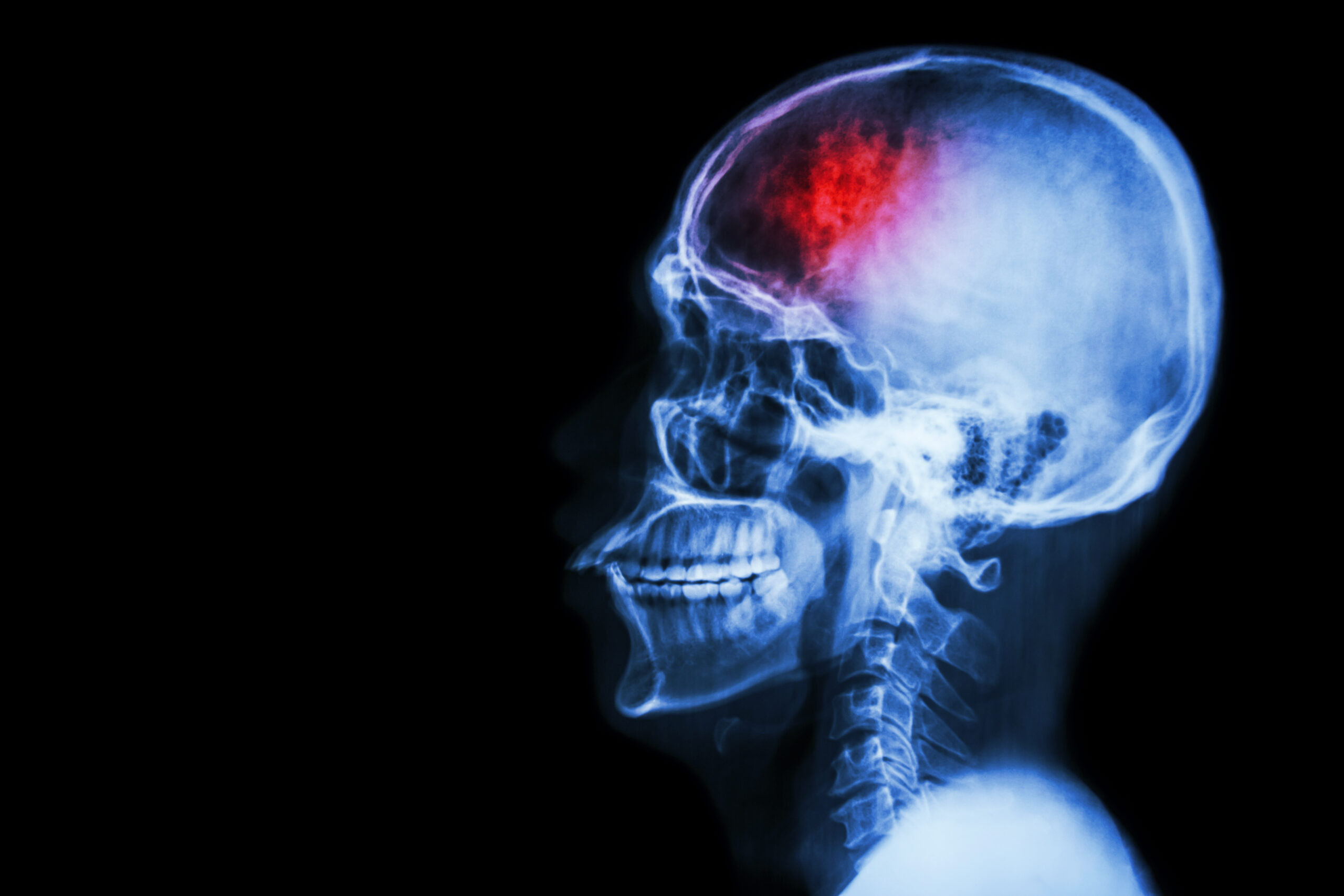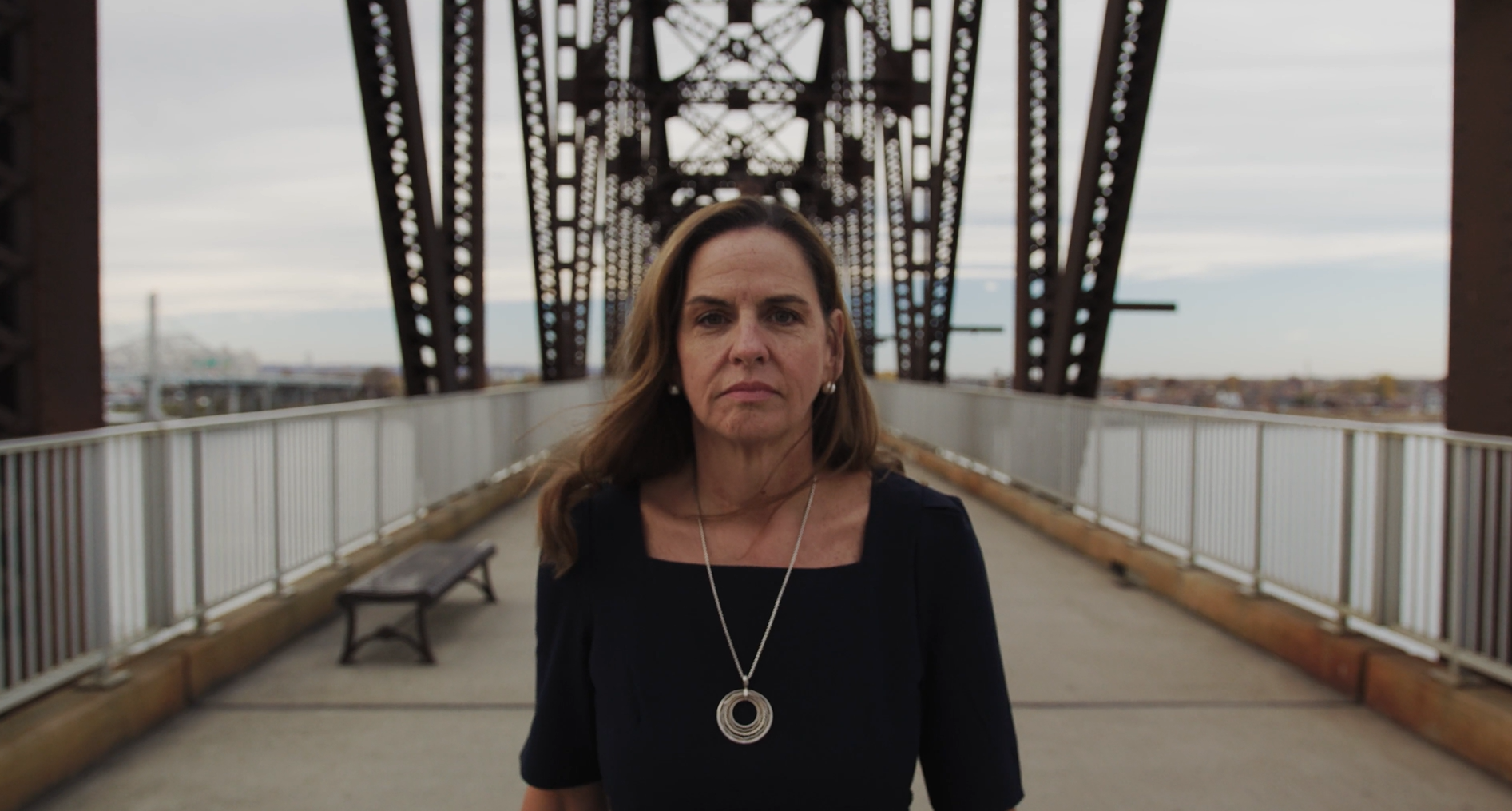McCoy & Hiestand: Home of the Lady Litigator
Louisville Traumatic Brain Injury Attorney

- Home
- Louisville Catastrophic Injury Attorney
- Louisville Traumatic Brain Injury Attorney
Protecting the Rights of Brain Injury Victims in Louisville
The victims of a brain injury and their families may feel grief, devastation, and anger as their lives are irrevocably changed. Those feelings are compounded if the injury was another person’s fault. In that scenario, the victim may be entitled to compensation for the hefty financial burden caused by medical bills, as well as for pain and suffering that their lives may forever be dictated by.
If you and your family have been put in this situation, contact a Louisville traumatic brain injury lawyer to begin working on your case.
An attorney experienced in helping victims with catastrophic injuries will have the training and experience to procure a legal settlement in the event of a traumatic brain injury to offset medical costs and offer some relief to the victim and their family.

What Are the Different Types of Brain Trauma?
The Centers for Disease Control and Prevention (CDC) reports that over 2.5 million people suffer from a traumatic brain injury (TBI) every year in the US. Suffering a traumatic brain injury is a tragic and life-changing event that can cause permanent alterations in the victim’s cognitive abilities, personality, and emotions.
The Kentucky Safety and Prevention Alignment Network finds that in 2021, there were 246 TBIs attributed to unintentional falls and 187 as the result of accidental motor vehicle accidents in Kentucky.
The severity of a traumatic brain injury varies greatly, and this may impact the outcome of a settlement in court. There are two types of traumatic brain injuries: closed and open. In a closed brain injury, the victim sustains a forceful blow to the head without fracturing the skull.
Head trauma might occur as a victim’s head smashes against a hard surface, is hit by a blunt object, or is violently shaken, damaging brain tissue. Closed head injuries can cause dangerous complications like bruising, swelling, or bleeding inside of the skull.
An open brain injury is when the skull is fractured, creating an open wound in the head. The trauma might be the result of a bullet piercing the skull or a forceful blow that cracks the skull. Open wounds have an additional risk of infection and other complications.
You may be able to take legal action depending on the circumstances of how your injury occurred. Our Louisville traumatic brain injury attorney is ready to help answer any questions.

Schedule a Consultation
Did another person cause you or a loved one's serious head injury? You already know how expensive care can be. Learn about your legal options for compensation for things like medical bills, lost wages, and more when you schedule a free consultation.
What Are the Levels of Traumatic Brain Injuries?
When assessing a traumatic brain injury, doctors assign one of the three following levels:
Mild (Concussion)
Someone who has a mild TBI will most likely be concussed. They might have experienced a few seconds or minutes of unconsciousness. It is also likely they did not pass out at all. This level of TBI often includes balance impairments, headaches, dizziness, and vision problems.
Moderate
A person with a moderate TBI will often seem lethargic. They might only open their eyes if stimulated by something like someone calling out their name.
Severe (Coma)
With severe TBI, the patient will likely be in a coma for more than six hours.
Whether mild or severe, a traumatic brain injury requires intensive medical care and recovery to minimize the effects of the damage and allow the victim the best recovery possible.
Even with proper medical attention, the lives of many who sustain a traumatic brain injury are permanently changed. Victims of a traumatic brain injury may have speech, comprehension, concentration, and memory problems permanently.
Often, these victims cannot hold jobs or return to the lives they led before their accidents. In cases of severe brain damage, they may have a permanent need for a nurse or caregiver, which a Louisville traumatic brain injury lawyer will incorporate into the injury claim.
What Are the Signs of a Traumatic Brain Injury?
Traumatic brain injuries vary from mild to severe for both closed and open brain injuries. In the case of a closed head injury, the individual may not immediately realize the severity of the damage until signs begin to manifest hours or even days later.
Signs of a traumatic brain injury may include:
- Brief loss of consciousness
- Confusion or disorientation
- Trouble remembering recent events
- Extreme fatigue or lethargy
- Nausea and vomiting
- Dizziness
- Severe headaches or migraines
- Blurred vision or sensitivity to light
- Ringing sound in the ears
If any of these symptoms appear after an individual sustains head trauma, it is necessary to seek immediate medical attention. In severe cases, victims of traumatic brain injury can fall into a coma or a vegetative state, and the injury can be fatal.
Non-Traumatic Brain Injuries
While traumatic brain injuries occur because of some external factor, a non-traumatic brain injury happens from internal factors. Typically, these would be disturbances to the blood flow to the brain or infections. Common causes of non-traumatic brain injuries can include the following:
- Medical errors
- Exposure to toxic chemicals
- Viral infections
These types of injuries could fall under the category of medical malpractice. You will want to talk to a head injury lawyer to learn about your options.
Take Action with a Louisville Traumatic Brain Injury Lawyer
The severity of the brain damage will affect the outcome of a court settlement. Medical costs, as well as pain and suffering, will be considered for the sake of the settlement.
Survivors of a traumatic brain injury may require lifelong adjustments to accommodate for the physical, psychological, and social handicaps caused by the brain damage.
If a traumatic brain injury resulted from someone else’s negligence, the victim has the right to seek compensation through a personal injury claim.
Negligence occurs when a person or entity fails to exercise reasonable care, leading to an accident or injury. This could involve a distracted or reckless driver, a property owner who failed to address hazardous conditions, or a manufacturer who released a defective product.
Many traumatic brain injuries happen in car crashes, bicycle or motorcycle accidents, falling incidents, contact sports, and as a result of violent crimes such as gunshots. Some cases may result from a defective product, like a faulty seatbelt, and could lead to a product liability claim against a manufacturer.
A brain injury attorney in Louisville will be able to assess your claim so you know if you can move forward with legal action.

Can You Seek Compensation for a Traumatic Brain Injury?
Recovery can mean years of therapy, costly medical care, and the devastating loss of independence. Many victims can no longer work, care for themselves, or enjoy life as they once did. That’s why you need a Louisville brain injury lawyer to help you seek full and fair compensation.
Financial recovery should cover more than just hospital bills. It must account for:
- Long-term rehabilitation
- Home modifications
- Lost wages
- In-home care
Along with the financial impact, a TBI can cause chronic pain, emotional struggles, and strained relationships with loved ones. In severe cases, lifelong support is necessary. This makes the financial burden overwhelming for most families.
Insurance companies may try to minimize payouts, but you deserve better. A brain injury lawyer can fight for compensation, so you don’t have to worry about your future. With our assistance, we can fight to help you regain as much independence as possible.
A Brain Injury Attorney in Louisville Is Standing By
Unlike many other injuries to the body that are more physical and can heal with time and therapy, injuries that affect brain tissue can permanently alter and diminish cognitive abilities, personality, and the range of emotions of the victim.
The painful aftermath of a traumatic brain injury warrants compensation for the pain and suffering of the victim and their family, and a legal settlement could provide necessary assistance with medical bills.
Get in touch with a Louisville traumatic brain injury lawyer. At McCoy & Hiestand, PLC, we are ready to help.

Free Consultation
You deserve help after a brain injury. Get in touch today.
Fill out the form below to request a consultation